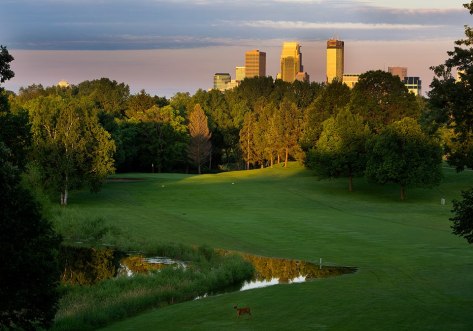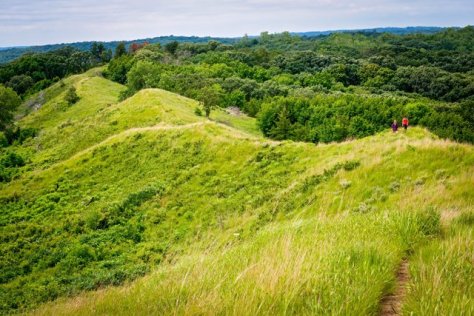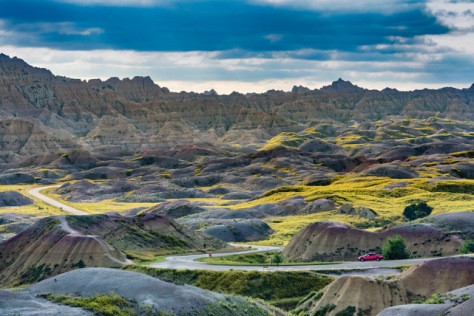Book and travel ideas to inspire “outdoor therapy” and to plan for #travelsomeday.

Shut in because of the Corona Virus pandemic, opportunities for quiet contemplation, soul searching, and spiritual retreat abound. Too bad I don’t find those pursuits more appealing. Hugs, shared meals, raucous laughter, talking with strangers I meet when I travel, reading a person’s facial expressions without the cover of a mask. Those are just a few of the things I miss during this time of isolation during the Corona Virus pandemic.

I’ve tried all sorts of remedies for my shelter-in-place malaise—cooking, puzzles, cleaning, Zoom chats and Netflix galore. Yet, the only place I really find solace is outdoors. Nature and open spaces, along with the physical exertion of walking mile after mile, sooth my mind and spirit.
Nature Reading
Psychologists have been studying this phenomenon for some time. Hence the term nature therapy. The Japanese call it, shinrin-yoku, or forest bathing . Nature deficit has also been diagnosed, a “dose of fresh air” prescribed. And writers have written about the beauty and adventure of connecting with nature for years. Now is a great time to tap into their observations of the universe, our environment and our fellow human beings.

For literature to inspire your outdoor journeys I recommend Gretel Ehrlich’s The Solace of Open Spaces about her time in Wyoming and Edward Abbey’s Desert Solitaire about his stint at a park ranger in Arches National Park in Utah. Or, for a more recent read, I enjoyed Richard Powers’ Pulitizer Prize winning book, The Overstory, about a wide-ranging cast of characters whose experiences all relate to trees.
Finally, for approachable nature poetry, you can’t beat anything by Mary Oliver. In her poem, “Wild Geese,” she says that despite our problems, the world goes on.
…”Meanwhile the wild geese, high in the clean blue air, are heading home again. Whoever you are, no matter how lonely, the world offers itself to your imagination, calls to you like the wild geese, harsh and exciting–over and over announcing your place in the family of things.”
–Mary Oliver
Dreaming of Places to Go

Credit: Minneapolis Parks & Recreation Board, Courtesy of Meet Minneapolis
I have friends who haven’t left their New York City apartment for weeks. And who can blame them? I feel fortunate that here in the Twin Cities we have a massive number of parks and recreation areas at our finger tips where we can spread out from one another. I asked some of my friends at convention and visitors bureaus about the outdoor spaces they love to show off to visitors. I started with the Midwest. You may be surprised at the beautiful open spaces they offer, not far from large cities. They make for beautiful viewing and inspiration for places to go in the future.








Photo Credit: Visit Fort Wayne
VisitFortWayne.com/PromenadePark Instagram: visitfortwayne














